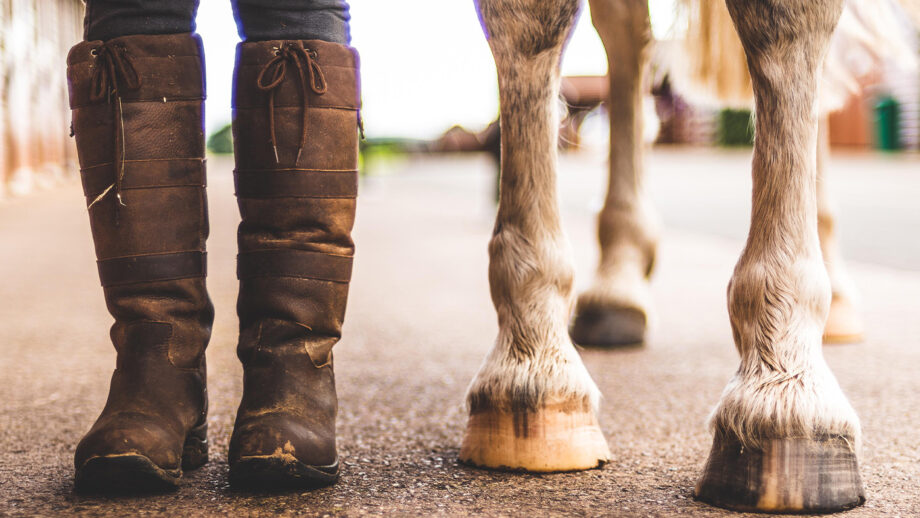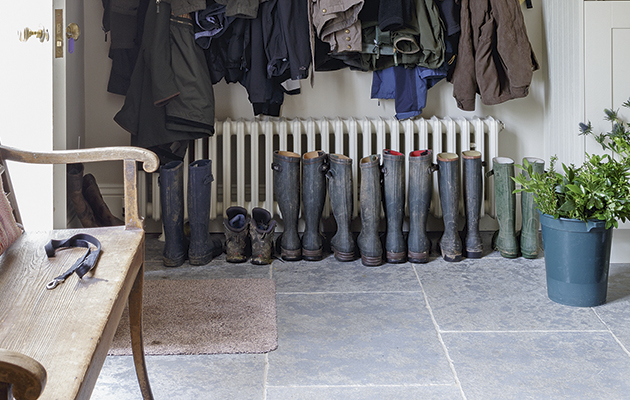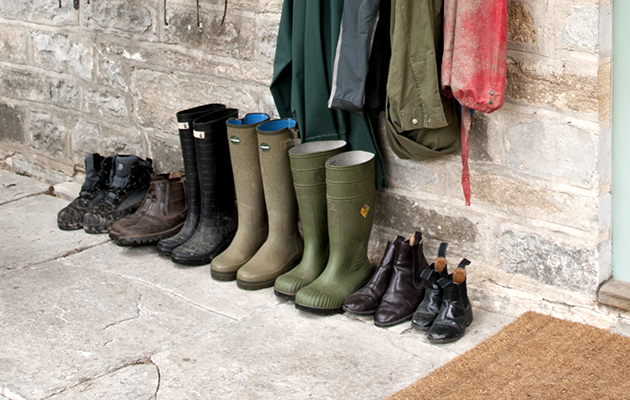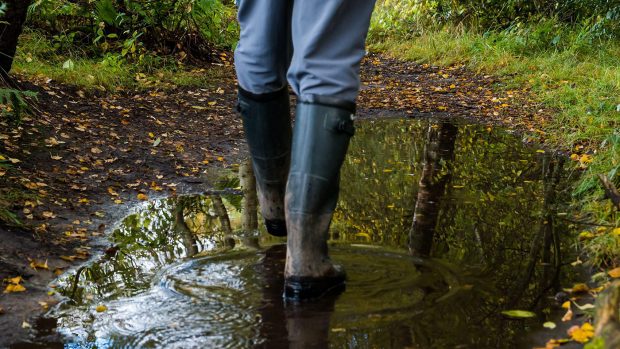If you're thinking about getting a new pair of yard boots, but aren't quite sure what type would best suit your needs, allow Andrea Oakes to explain all you need to know about materials, fittings and fastenings
A decent pair of yard boots can make all the difference to your time spent at the stables, keeping your feet dry, safe and comfortable. But which should you choose from the vast array available? Take a step in the right direction with our buyer’s guide to help you find the best yard boots to suit your requirements, which outlines all you need to know.
Yard boots: functional test
Think first about the function of your boots – what do you plan to do in them? Light yard duties and a little indoor schooling will place very different demands on your footwear than a long day spent pushing wheelbarrows and wading through muddy gateways.
With this prospective workload in mind, your biggest decision is likely to be whether or not you intend to ride in your boots. Safety should take precedence here, of course. A chunkier boot poses a real risk of wedging in a stirrup iron, while an inadequate heel could allow a foot to slip right through.
With so many stirrup-friendly options now on the market, it’s not difficult to find boots that have the requisite sole and heel construction for both yard work and riding. If you’re undertaking heavier work and don’t plan to ride in your boots, however, you can go for a durable, all-terrain model built for the toughest jobs.
The next consideration is what height would be ideal when you’re looking for your best yard boots ever: long, short or mid-calf? Long yard boots that are also riding-safe mean that you won’t need to wear half-chaps when you’re in the saddle, as they’ll offer calf protection and stability at the ankle. Shorter boots are easier to pull on and more comfortable to wear with jeans, but you can expect some painful pinching if you do hop on board without chaps.
Which weather?
Your third consideration is the weather you’ll be out in – a crucial factor in boot choice. Stable duties can be muggy in the summer and relentlessly wet and muddy in the long winter months, when numb toes and chilblains can make for a miserable time. Investment in weatherproof footwear will be money well spent.
If feet are to stay warm, they need to be dry. Waterproof boots are the obvious way to go, but there are different ways in which manufacturers achieve this.
Traditional rubber is the most basic means of keeping water out, so the bargain basement option is the traditional wellington boot. Cheap wellingtons will offer little else in terms of comfort and style, however, and any sweat will leave your feet unpleasantly damp and most probably cold as well – far from ideal.
But wellies have moved on massively since the days of the Dunlop as the only option, so you’d be missing out on a whole host of exciting features if you dismissed the more innovative end of the market. Shaped and zipped wellies have the advantage of being maintenance-free and in some cases suitable for riding, often with breathable linings.
Other man-made materials, such as propylene, are another option. Many leathers, including nubuck and suede, are specially treated or lined with a membrane to repel water, also providing robust defence against the elements. They’ll need regular conditioning and maybe re-treating, however, to retain their waterproof properties.
Continued below…
You might also like:

10 pairs of boots to help tackle yard life

Wellington boots you can rely on, recommended by horse owners who know their mud

10 pairs of country boots you’d like to be seen in

7 pairs of winter riding boots designed to keep your toes warm

Subscribe to Horse & Hound magazine today – and enjoy unlimited website access all year round
Ideally, your feet should stay toasty without the need for multiple sock layers, as this will restrict toe movement and encourage moisture and rubbing. A little extra space also creates a pocket of warming air around your feet.
Look for insulating materials such as neoprene linings or natural wool or sheepskin footbeds, which can enable feet to endure freezing temperatures without complaining. Climate control inners are another option, keeping feel cool in summer and warm in winter.
If you don’t plan to ride in your boots, your weather-beating options are wide open. Quilted legs and faux fur inners are a tempting way to keep draughts at bay.
Soles should offer good traction, especially in wet or icy conditions. Materials that won’t harden or become slippery in freezing weather are a must for winter.
Yard boots: fit and fastenings
If you spend a lot of time on your feet at the yard, good sole design should be high on your list of priorities. Standing up for hours to teach, or walking long distances to catch unruly horses, can soon take its toll on various parts of your body, so consider spending a little more cash for added comfort.
Sole-saving features include gel heel cushions and moulded footbeds that follow the contours of your feet. A sturdy midsole with a shank will create a more supportive platform, while shock-absorbing materials will take the strain as you walk or dismount.
An added bonus is a sole material that sheds dirt and won’t rot when it comes in contact with manure. The sole itself and the surrounding stitching are potential weak points with extended wear, so pay particular attention to these areas if you’ll be doing a lot of mucking out or crossing rough or boggy ground.

A further consideration is how the boots fasten. Pull-on, pull-off varieties are the simplest, but could be a nuisance to remove in muddy conditions if there’s no boot pull to hand. Some wellies have handles at the sides to make hauling them on that bit easier.
Zips offer a closer fit but do create potential for water leaks, while laces look good but can be a faff unless they’re designed with modern ‘speed lace’ fittings. Velcro fastenings might be easier with cold or gloved hands.
The width and shape of your legs may be a deciding factor here. Adjustable fastenings offer a more bespoke fit for slender calves, while elastic inserts and panels offer wider pins a little more freedom.
If you plan to spend more time in the saddle, rather than just a quick hack around the fields, opt for fastenings that create necessary support and allow close contact. Look for spur rests if you need them and check that any zips and buckles won’t rub or catch as you ride. This is another point worth thinking about for the yard, as you’ll curse protruding fastenings if they keep snagging in haynets as you fill them.
Those who’ve felt the full weight of a horse on their extremities will see the worth in steel or composite material toecaps, while anti-bacterial or odour-control inserts might benefit a tendency towards damp toes. Reflective strips are a sensible measure as dark evenings draw in.
Other added extras such as tassles, ties and trims are largely for fashion rather than function, but do prove that you don’t have to sacrifice your sense of style at the yard.
Would you like to read Horse & Hound’s independent journalism without any adverts? Join Horse & Hound Plus today and you can read all articles on HorseandHound.co.uk completely ad-free




